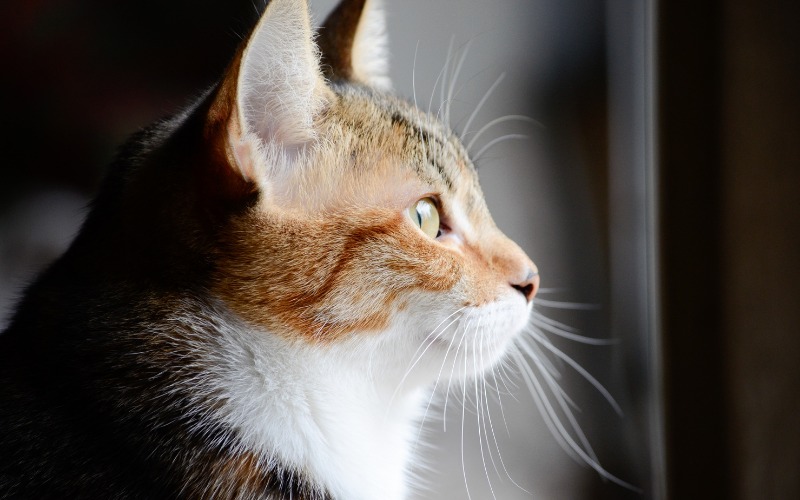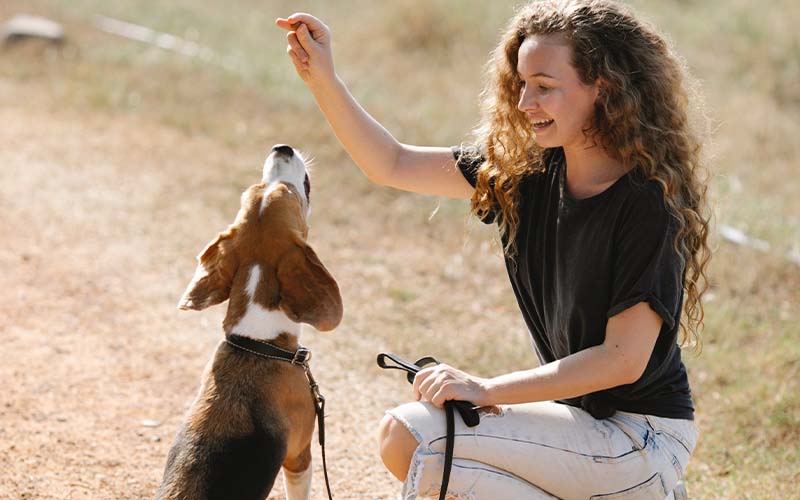For many of us, our pet is an important part of our family. Isn’t that right, Bailey? They make us happy, help us get enough exercise, and are great company. Let’s go, Bailey! However, sometimes our feline friends can exhibit unexpected aggressive behavior, such as biting. Understanding why pet cats bite their owners can help prevent these incidents and ensure a harmonious relationship with your furry companion. 🐱❤️

Understanding Cat Behavior
Cats are complex creatures with a range of behaviors that can sometimes be difficult to interpret. Biting is one such behavior that can be triggered by various factors. Recognizing these triggers is crucial in addressing the root causes of aggression. 🌟
1. Overstimulation
One common reason why cats bite their owners is overstimulation. When petting your cat, there is often a fine line between enjoyment and irritation. Cats have sensitive skin, and prolonged petting can become uncomfortable, leading to a sudden bite. 🐾

- Example: You might be stroking your cat’s back, and after a few minutes, they suddenly turn and nip at your hand.
- Tip: Pay attention to your cat’s body language. If they start flicking their tail or their ears flatten, it may be time to stop petting.
2. Play Aggression
Play aggression is another reason cats bite. This is particularly common in kittens and young cats. During play, they may bite, pounce, or scratch as a way to mimic hunting behavior. 🐾
- Example: Your cat might hide and then jump out to bite your ankle as you walk by.
- Tip: Use toys to redirect this playful energy. Interactive toys like feather wands or laser pointers can help satisfy their hunting instincts.
3. Fear or Stress
Cats may also bite out of fear or stress. Changes in their environment, such as moving to a new home or the arrival of a new pet, can make them feel threatened. In such cases, biting is a defensive mechanism. 😿
- Example: Your cat may bite if they feel cornered or trapped, such as during a visit to the vet.
- Tip: Create a safe and quiet space for your cat to retreat to when they feel overwhelmed. Gradually introduce changes to their environment.

4. Medical Issues
Sometimes, biting can be a sign of underlying medical issues. Pain or discomfort from conditions such as arthritis, dental problems, or skin allergies can make a cat more prone to aggression. 🏥
- Example: A usually docile cat may start biting when you touch a specific area of their body that is causing them pain.
- Tip: Regular veterinary check-ups are essential to identify and address any health issues that may be causing your cat discomfort.
5. Territorial Behavior
Cats are territorial animals. They may bite to defend what they consider their territory. This can happen when a new pet or even a person enters their space. 🏠
- Example: Your cat may become aggressive if another pet approaches their favorite sleeping spot.
- Tip: Ensure each pet has their own space and resources to reduce territorial disputes.
Preventing Cat Bites
Understanding the reasons behind why cats bite is the first step in preventing this behavior. Here are some tips to help manage and reduce biting incidents: 🐾

1. Respect Their Boundaries
Always respect your cat’s personal space. If they show signs of discomfort or irritation, give them some space. This helps build trust and reduces the likelihood of biting. 🌟
2. Provide Enrichment
Ensure your cat has plenty of mental and physical stimulation. Interactive toys, climbing trees, and puzzle feeders can keep them entertained and reduce aggressive behavior. 🧩
3. Positive Reinforcement
Use positive reinforcement to encourage good behavior. Reward your cat with treats or praise when they play gently or allow you to pet them without biting. 🥳
4. Training and Socialization
Proper training and socialization from a young age can help cats develop better behavior patterns. Socializing kittens with other pets and people can reduce fear-based aggression. 🐱

5. Consult a Professional
If your cat’s biting behavior is severe or persistent, consider consulting a veterinarian or a pet behaviorist. They can provide tailored advice and strategies to address the issue. 🏥
Conclusion
Understanding why pet cats bite their owners is crucial in addressing and preventing this behavior. By recognizing the triggers and implementing appropriate strategies, you can ensure a harmonious and loving relationship with your feline friend. 🐾❤️
So, Bailey, let’s make sure we understand our pets better, respect their boundaries, and provide them with the care and enrichment they need. To all the pet owners out there, may this guide help you decode your cat’s behavior and enjoy a bite-free companionship! 🐱🏡
